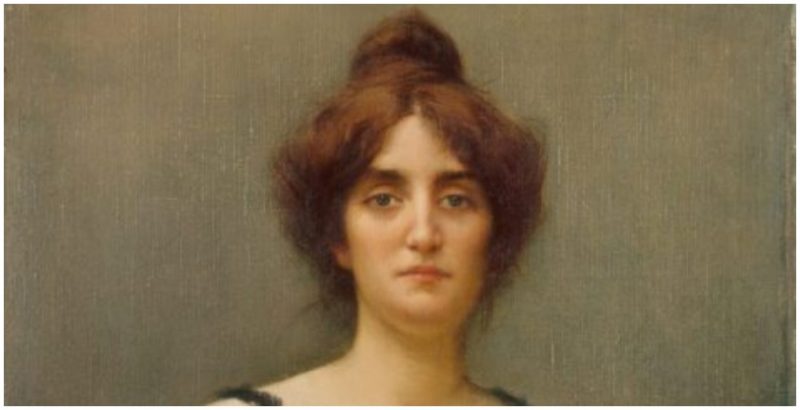A new exhibition in Florence is celebrating the contribution of women in Italian history, in a special event timed to coincide with International Women’s Day.
The exhibition will take place at the Gallerie degli Uffizi in Florence, and is titled Female Perspectives: Women of Talent and Commitment 1861-1926. It aims to showcase the professional development and talent of women in Italy during the 19th and early 20th centuries.
The curators have brought together works of art, artifacts and photographs that illustrate the various forms of work performed by women, often focusing in on aspects of labor that have gone unacknowledged in the grand historical narratives of this important era.
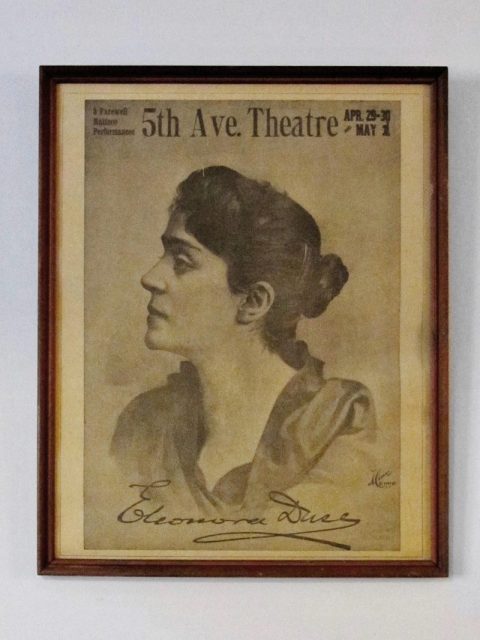
The objects and artworks that form the focus of the exhibition date from between 1861 and 1926, two dates with a special significance in women’s history in Italy.
In 1861, women were first permitted to join the Artisan’s Brotherhood, a long-standing association of skilled craftsmen, from which women had been historically excluded. Their admission into this association was a sign of a growing acceptance of female skilled labor in Italy.

65 years later, in 1926, Grazia Deledda won the Nobel Prize for Literature, for her seminal novel Canes in the Wind. She was the first Italian woman to win the prize, and this was regarded as an important step in the public acceptance of women in the fields of education, literature and academia in Italy.
The exhibition traces the development of women’s emancipation across this formative period in Italian history, as the country was reunified and women came to occupy new roles in the public sphere.
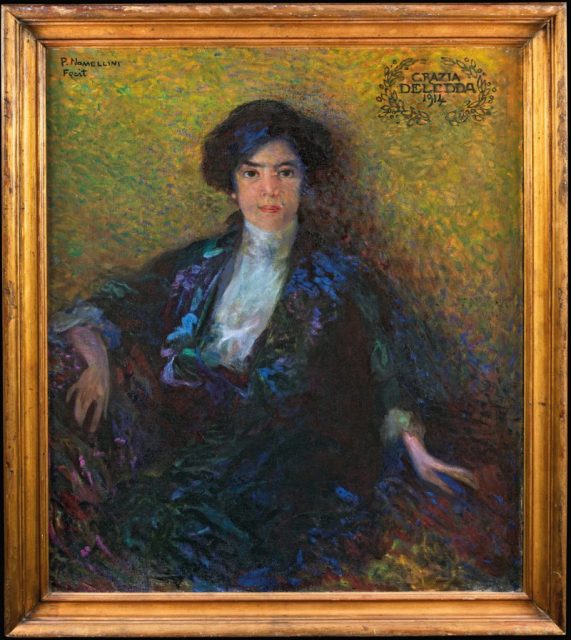
The curators also aim to shed light on women at all levels of the social scale. For example, according to curator Simonella Condemi, it pays particular attention to the labor produced by rural female workers, many of whom were engaged in hard physical work, tending to crops and animals.
However, they also developed cottage industries by making clothes, knitting, mending equipment and farming gear, and weaving straw, as is clearly demonstrated by the selection of paintings in the exhibition by Silvestro Lega.
Many of these forms of labor have traditionally been overlooked, and the curators, therefore, wanted to celebrate these diverse female contributions to the developing Italian economy.
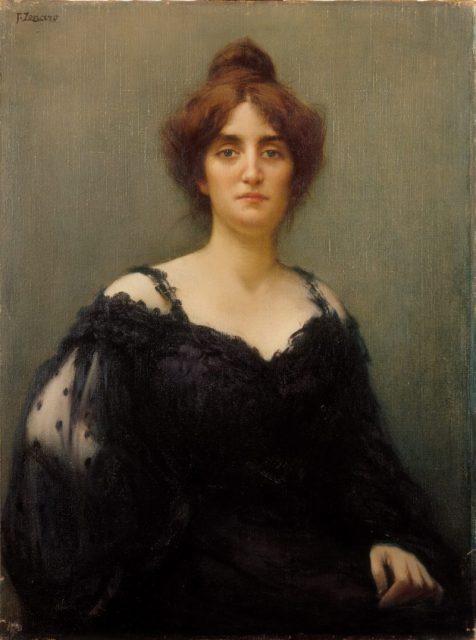
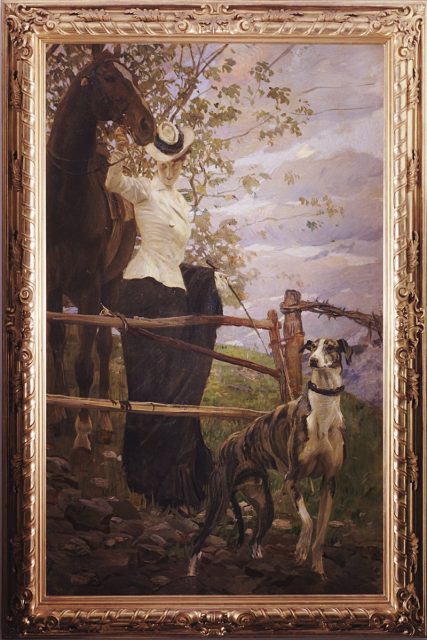
Women at the higher end of the social scale also experienced a transformation in their public and professional lives. Throughout the course of the 19th century, improved access to education for women opened doors to careers as writers and teachers.
Although women’s participation in these spheres was still conditioned by patriarchal norms and expectations, the emergence of the “literary salon” in Florentine society created a space for women to make important contributions to the new intellectual movements sweeping through Europe.
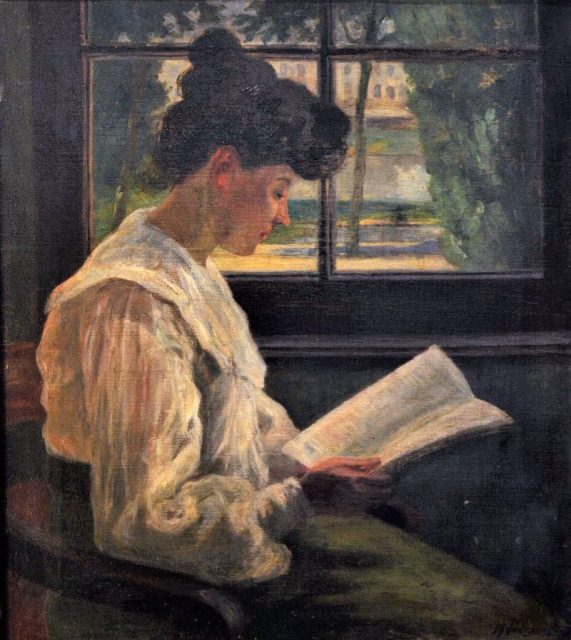
Indeed, Florence emerged a significant hub of female intellectual and literary activity, and attracted an international crowd, including many women who felt stifled by the limitations placed on women in their home countries.
In this period, the city attracted figures such as the acclaimed poet Elizabeth Barratt Browning, the biographer Jessie White Mario, and the translator and poet Theodosia Trollope.
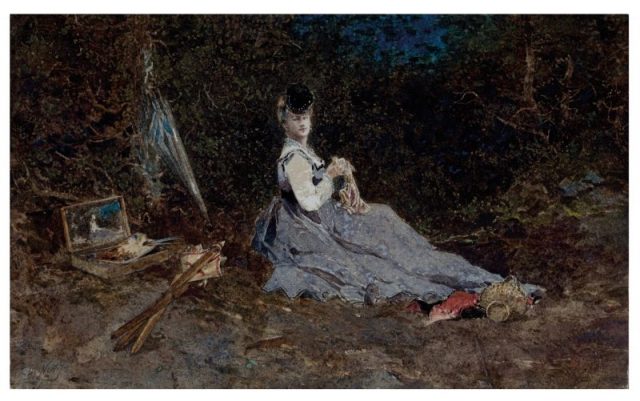
Condemi, the curator of the exhibition and the director of the Galleria d’Arte Moderna di Palazzo Pitti, commented on the struggle that women faced to carve out professional lives and simultaneously emancipate themselves from the domestic sphere.
Speaking about the aims of the exhibition, she said, “we have endeavored to pay tribute to women’s tireless toil by showcasing both the variety of different ways in which that toil was expressed, and women’s talent in the fields of art, photography, writing, teaching, politics and many other spheres.”
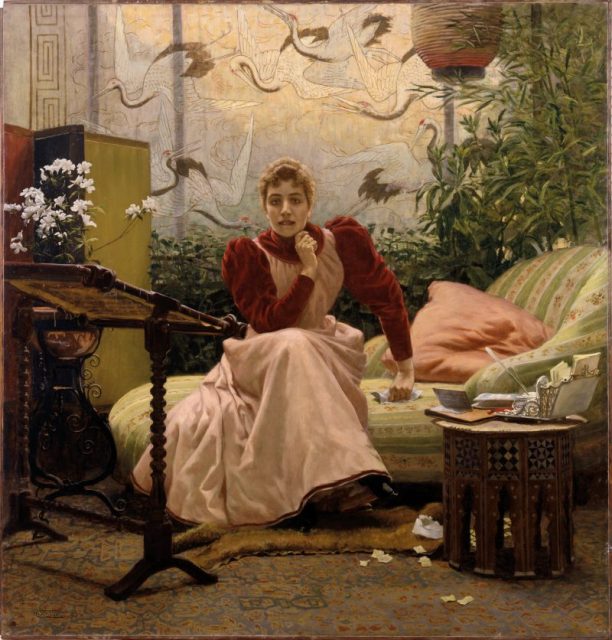
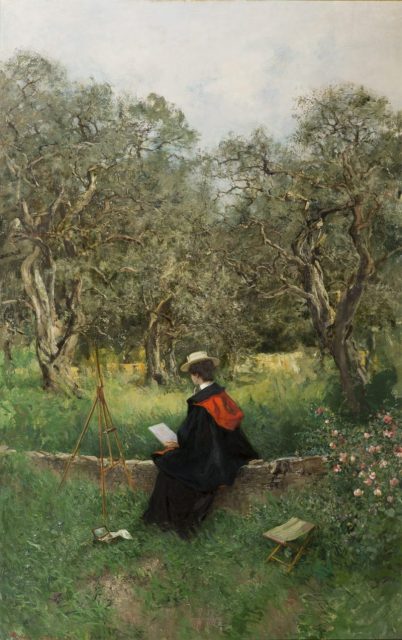
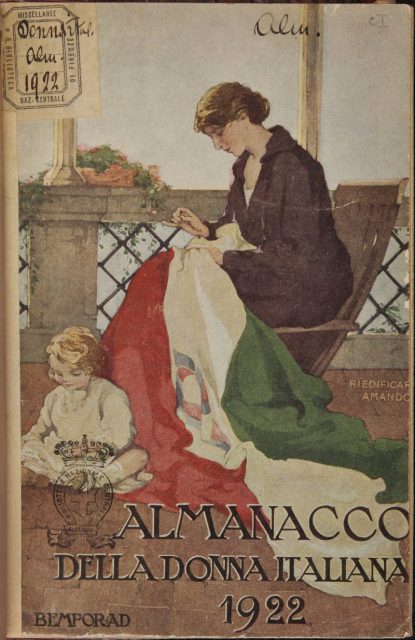
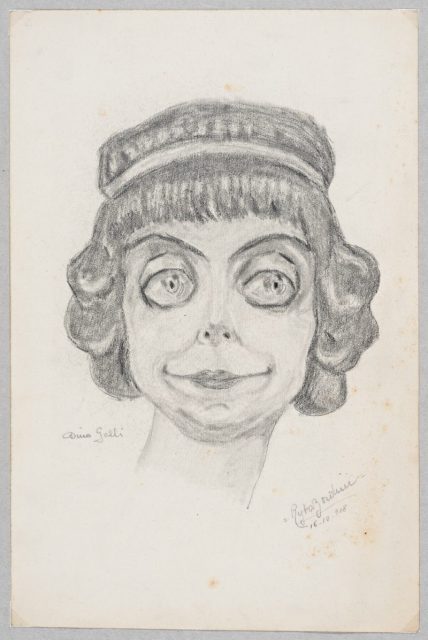
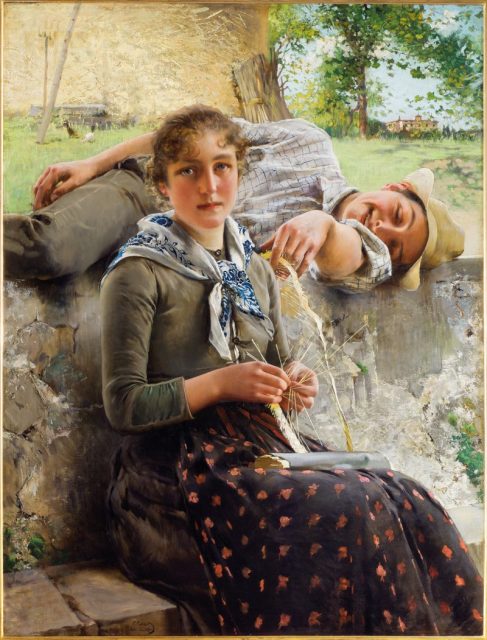
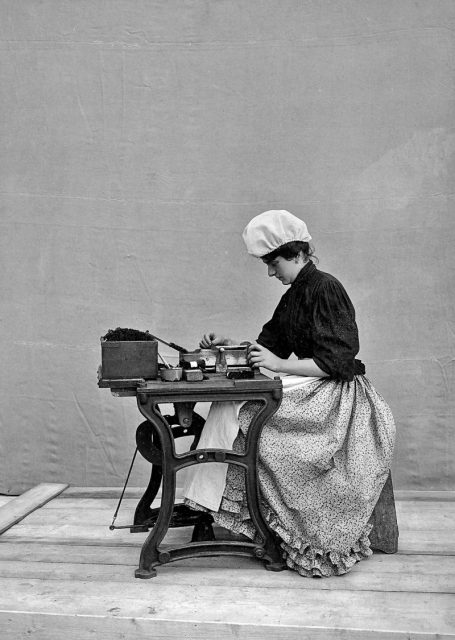
In doing so, the exhibition also sheds light on the important role of Florence as a space where women could develop new professional roles in the public sphere.
The popularity of the literary salon allowed women in Florence to carve out a space in which they could develop ideas in politics and philosophy, experiment with new artistic approaches and art forms, and make inroads into the fields of knowledge, science and academia.
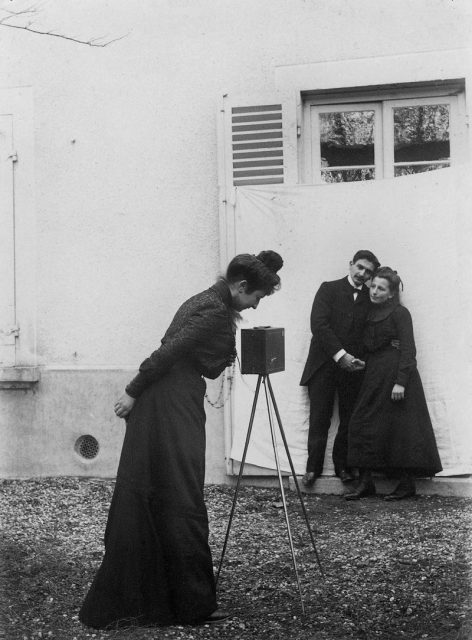
Female Worker at the Manifattura Tabacchi, San Pancrazio, Florence
1901
photograph
Archivi Alinari, Florence
As Italy was finally reunified in the second half of the 19th century, the conditions were created that would provide women with new opportunities for professional development.
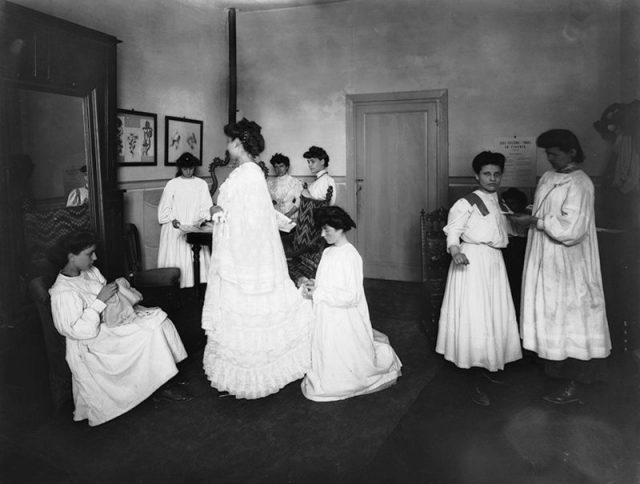
Female Worker at the Manifattura Tabacchi, San Pancrazio, Florence
1901
photograph
Archivi Alinari, Florence
This exhibition promises to be a celebration of the important, and often overlooked, role of women and female labor during this fascinating period in Italian history.
Female Perspectives: Women of Talent and Commitment 1861-1926 runs from March 7th to May 26th, 2019, at the Pitti Palace, Florence.
